HLPF 2025: 5 Years to 2030
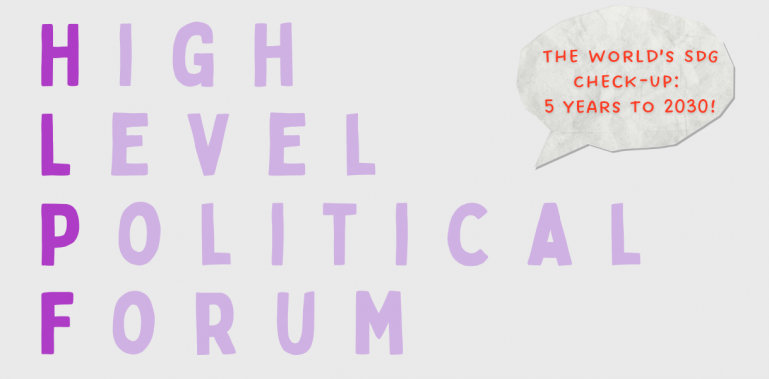
What is HLPF?
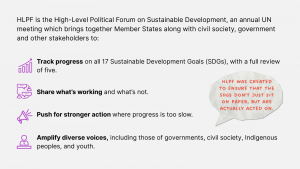
2025 Checkpoint
This HLPF marks a critical moment to take stock of how far we still have to go, and what must happen next to get there.
With only five years until the 2030 deadline, the world is falling short on delivering the 169 targets of the 17 SDGs.
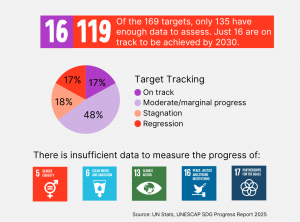
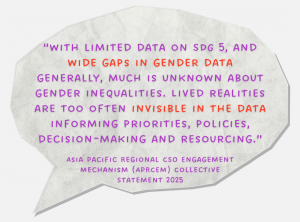
SDGs in Review
The 2025 HLPF will conduct full reviews of:
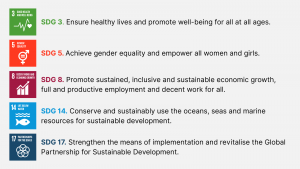
But there is a need for robust data
There isn’t enough data to accurately measure progress on the SDGs.
And where data does exist, it’s often incomplete, inaccurate, or fails to reflect the experiences of entire groups of people.
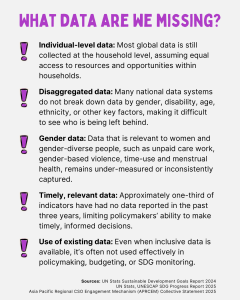
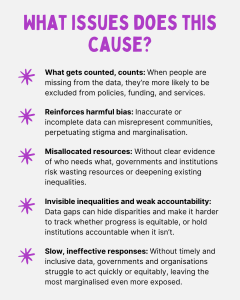
Equality Insights & The SDGs
There isn’t enough data to accurately measure progress on the SDGs.
And where data does exist, it’s often incomplete, inaccurate, or fails to reflect the experiences of entire groups of people.
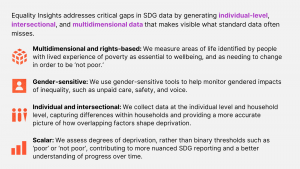
And lack of data is not the only challenge.
Many SDG indicators themselves are too narrow, binary, or blind to the realities of inequality, missing the nuanced, intersectional experiences of those most at risk of being left behind.
That’s why the iCount Coalition is working to ensure the next global agenda includes better data and better indicators.
As HLPF approaches, we’ll keep you updated on how Equality Insights and the iCount Coalition are engaging to push for greater inclusion and ambition in what comes after 2030.

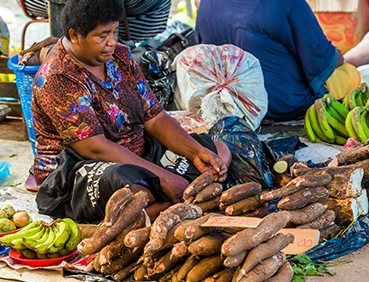
Comments